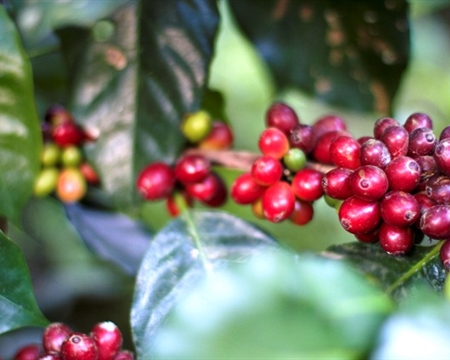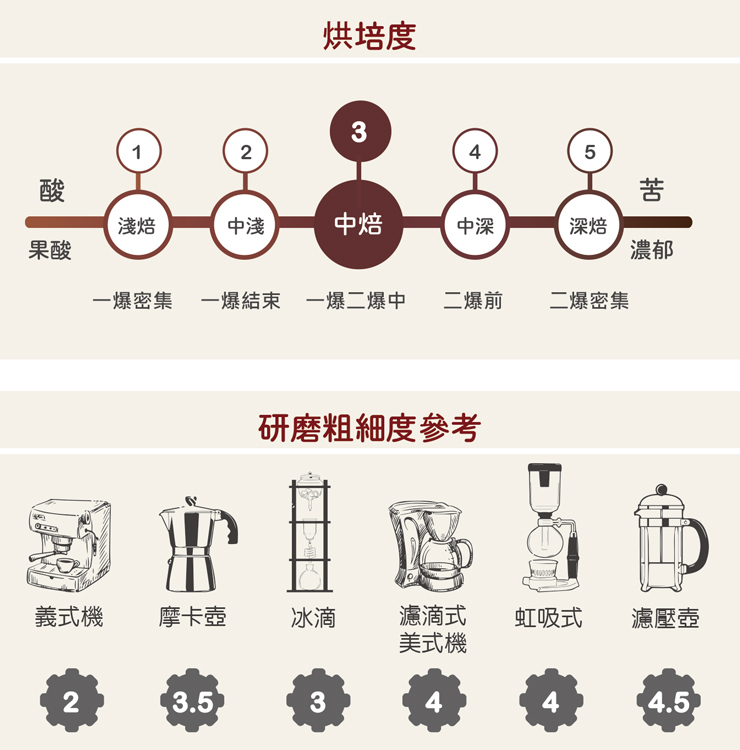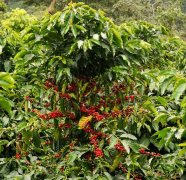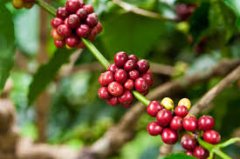Mexico Chiapas Coffee producing area Information Organic Certification the way to the rise of Mexico, a big coffee country

For professional baristas, please follow the coffee workshop (Wechat official account cafe_style)
Flavor characteristics of Mexican Coffee
The main coffee producing countries in Central America, the coffee is comfortable and fragrant. The Mexican coffee selected are Coatepec, Huatusco and Orizaba, among which Cottpe is considered to be one of the best in the world. The coffee cultivation belt of Mexico is similar to Guatemala in the south in terms of geography and climate, so it is included in the scope of "China and the United States". The main producing areas are distributed in Goa DiBuick, Oaxaca and other states, especially the water-washed coffee beans from the highlands, which have excellent aroma and sour taste, and the specifications are mainly divided into different grades according to the elevation. Coffee beans are large, sour and sweet, strong and fragrant, suitable for moderate to deep baking, and most of them are sold to Europe and the United States after harvest.
Mexico, a big country of organic certified coffee.
Mexico is one of the largest producers of organic certified coffee, mostly sold to the United States because of geographical factors. The country's coffee industry, which began in the 19th century and was introduced through Jamaica, is mainly planted with Arabica varieties, near Soconusco, which borders Guatemala on the Pacific coast.
In the early 1990s, the southern state of Chiapas became the most important coffee-producing region in Mexico, producing about 275000 tons of coffee a year, accounting for 45 per cent of the country's production. More than 2 million of Mexicans depend on coffee for a living, and 75 per cent of Mexican coffee farmers work on less than two hectares of land. These small farmers produce about 30 per cent of the country's coffee each year, while the rest are produced by large or high-capacity farms.
Since 1988, especially in Chiapas, the government has increased income by providing simple loans to farmers and encouraging the development of woodland to encourage poor coffee farmers to increase their yields and expand their planting areas.
Introduction to Coffee cultivation in Chiapas, Mexico
Chiapas is located on the plateau at the southern tip of Mexico bordering Guatemala. In 1991, the Mexican National Institute conducted a study on the protection of the rights of local indigenous peoples and enhanced the protection of indigenous residents through the formulation of product trade regulations. under such purposes and conditions, cooperative organizations in various districts are springing up like bamboo shoots after a spring rain. OPCAAC, whose full name is Organizaci ó n de Productores de Caf é de Á ngel Albino Corzo, is an organic smallholder production organization in Chiapas. OPCAAC, founded in 1995, constructs a farm management system, emphasizes the open and transparent independent production and marketing information of coffee farmers, and sets standards to avoid over-exploitation of land. The organization provides its members with assistance in micro-loans, technical training, social activities, etc., and continues to pay attention to the development of organic agriculture and ecological protection. OPCAAC aims to create the value of the local coffee industry and improve the quality of life of local farmers through fair trade and eco-friendly agricultural production. OPCAAC members use environmentally friendly farming methods to reclaim land, establish sustainable economic and social management and improve the quality of their products through the development of regional organizations.

Flavor description
Aromas of baked nuts and caramel macaroon. Almonds, citrus, orange peel, orange,
Sweet and sour plum, orange, caramel, grass, oolong tea, sweet and sour
Good, creamy texture.
Important Notice :
前街咖啡 FrontStreet Coffee has moved to new addredd:
FrontStreet Coffee Address: 315,Donghua East Road,GuangZhou
Tel:020 38364473
- Prev

The Cocoa River Cooperative in San Juan, Nicaragua introduces the difference between light baking and deep baking of Nicaraguan elephant beans.
For the exchange of professional baristas, please follow the coffee workshop (Wechat official account cafe_style) Nicaraguan Elephant Bean background introduction Nicaraguan coffee is not well known in China in recent years, except for the traditional high altitude typical tree species Elephant beans (Maragogype) and Java tree beans, general coffee lovers seldom mention him, in fact, the growing conditions of Nicaraguan coffee
- Next

The award-winning record of the information material of Biya Manor in Guatemala the flavor characteristics of washed Vera Saatchi coffee
For the exchange of professional baristas, please follow the coffee workshop (Wechat official account cafe_style) Guatemala Biya Manor introduction Las Minas Mountains are located in eastern Guatemala, there are countless treasures belonging to Guatemala. In addition to the natural forest ecosystem and wildlife, it is rich in gold and jade veins, making the treasures of the Las Minas Mountains famous in Central America. To protect this mountain forest,
Related
- Detailed explanation of Jadeite planting Land in Panamanian Jadeite Manor introduction to the grading system of Jadeite competitive bidding, Red bid, Green bid and Rose Summer
- Story of Coffee planting in Brenka region of Costa Rica Stonehenge Manor anaerobic heavy honey treatment of flavor mouth
- What's on the barrel of Blue Mountain Coffee beans?
- Can American coffee also pull flowers? How to use hot American style to pull out a good-looking pattern?
- Can you make a cold extract with coffee beans? What is the right proportion for cold-extracted coffee formula?
- Indonesian PWN Gold Mandrine Coffee Origin Features Flavor How to Chong? Mandolin coffee is American.
- A brief introduction to the flavor characteristics of Brazilian yellow bourbon coffee beans
- What is the effect of different water quality on the flavor of cold-extracted coffee? What kind of water is best for brewing coffee?
- Why do you think of Rose Summer whenever you mention Panamanian coffee?
- Introduction to the characteristics of authentic blue mountain coffee bean producing areas? What is the CIB Coffee Authority in Jamaica?

